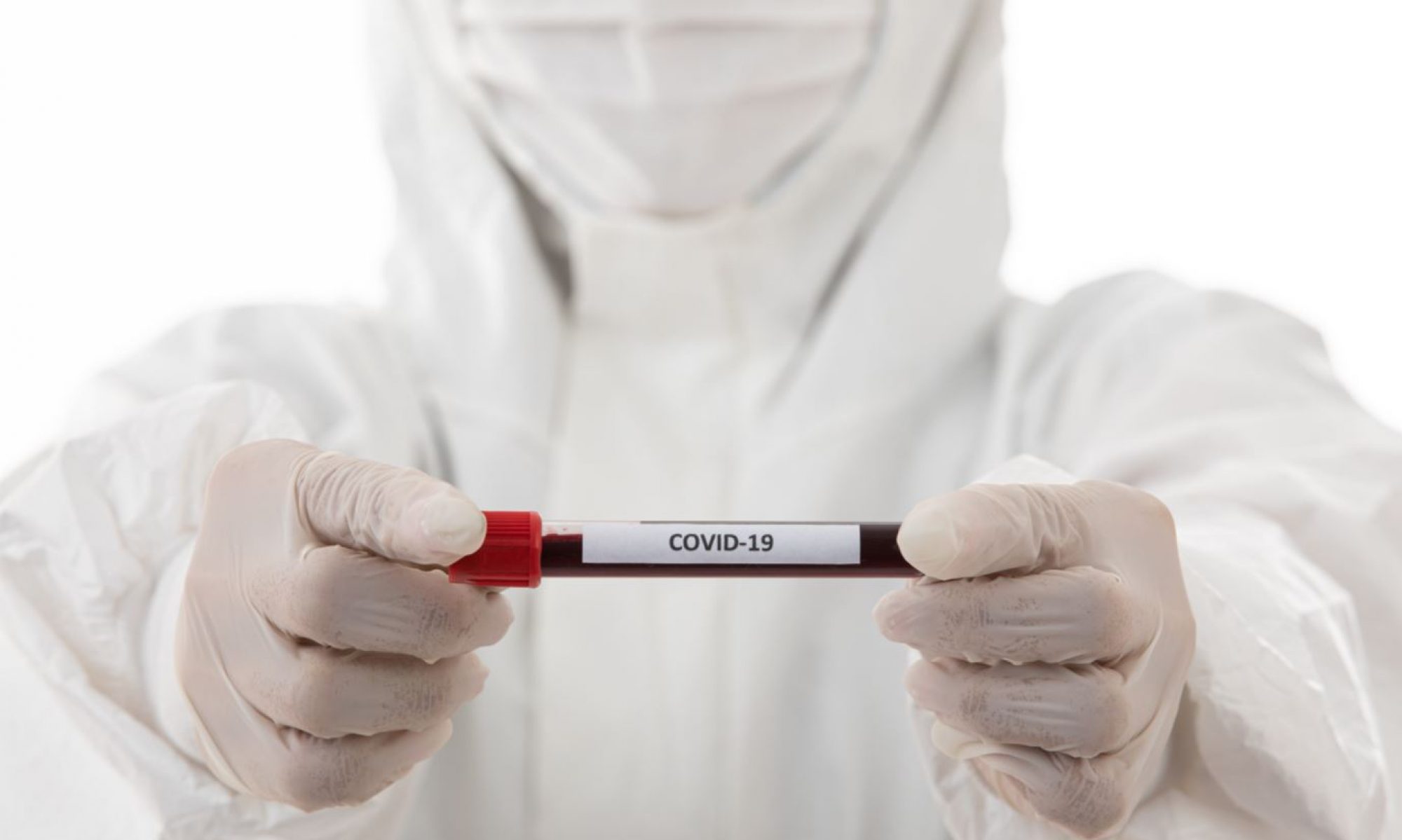Press release:
A multidisciplinary team from MassGeneral Hospital for Children (MGHfC), Brigham and Women’s Hospital and other institutions have identified the mechanism of how an extremely rare but serious post-COVID-19 complication develops in children and adolescents. Led by MGHfC pediatric pulmonologist Lael Yonker, MD, researchers determined that viral particles remaining in the gut long after an initial COVID-19 infection can travel into the bloodstream, instigating the condition called Multisystem Inflammatory Syndrome in Children (MIS-C).
The syndrome can occur several weeks after an initial infection; symptoms include high fever, abdominal pain, vomiting, diarrhea, rash and extreme fatigue. The hyperinflammatory response and “cytokine storm” seen in MIS-C can lead to extensive damage in the heart, liver and other organs.
Continue reading “Researchers uncover mechanism related to severe post-COVID-19 disease in children”
